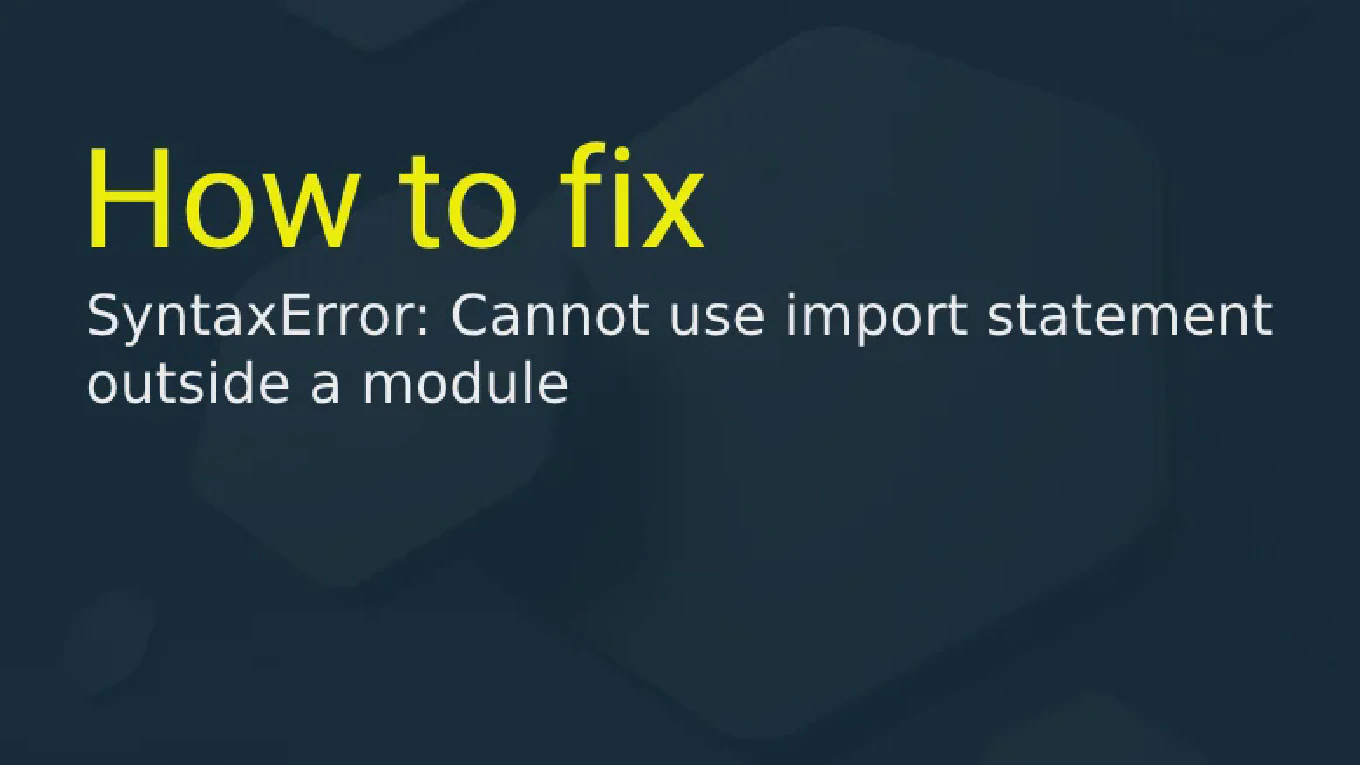How to download a file in JavaScript
Programmatically downloading files in JavaScript enables dynamic file generation and download functionality without server-side processing. As the creator of CoreUI with extensive JavaScript experience since 2000, I’ve implemented file downloads in numerous dashboard applications for data export features. The most reliable approach creates a temporary anchor element with a blob URL and programmatically triggers a click event. This method works across all modern browsers and supports various file types including text, CSV, and binary data.
How to use async/await with fetch in JavaScript
Using async/await with fetch API provides a cleaner, more readable alternative to promise chains for handling HTTP requests in JavaScript. As the creator of CoreUI with over 25 years of JavaScript development experience, I’ve used async/await extensively in production applications for API communication. The most straightforward approach combines async function declarations with await keywords before fetch calls. This pattern eliminates callback hell and makes asynchronous code read like synchronous code while maintaining non-blocking behavior.
How to detect mouse position in JavaScript
Tracking mouse position is fundamental for creating interactive features like custom cursors, tooltips, drag-and-drop interfaces, and hover effects.
As the creator of CoreUI with extensive JavaScript experience since 2000, I’ve implemented mouse tracking in numerous interactive dashboard components and UI elements.
The most effective approach uses the mousemove event listener to capture real-time coordinate updates through clientX and clientY properties.
This method provides precise tracking relative to the viewport for smooth interactive experiences.
How to detect Escape key in JavaScript
Detecting the Escape key is essential for implementing intuitive UI interactions like closing modals, canceling operations, and providing exit paths in web applications.
As the creator of CoreUI with over 25 years of web development experience, I’ve implemented Escape key detection in countless modal dialogs and overlay components.
The most reliable approach is using the keydown event listener and checking for event.key === 'Escape'.
This method provides consistent behavior across all modern browsers and follows accessibility best practices.
How to detect Enter key in JavaScript
Detecting the Enter key specifically is crucial for form submissions, search functionality, and creating intuitive user interfaces.
As the creator of CoreUI with over 25 years of web development experience, I’ve implemented Enter key detection in countless form components and interactive elements.
The most reliable and modern approach is checking for event.key === 'Enter' within a keydown event listener.
This method works consistently across all browsers and provides clear, readable code.
How to detect key press in JavaScript
Detecting keyboard input is essential for creating interactive web applications, from form validation to keyboard shortcuts.
As the creator of CoreUI, a widely used open-source UI library, I’ve implemented keyboard event handling countless times in production components.
From my 25 years of experience in web development, the most reliable approach is using the keydown event with addEventListener.
This method provides consistent behavior across all modern browsers and gives you full control over the keyboard interaction.
How to add an event listener in JavaScript
Adding event listeners is fundamental to creating interactive web applications that respond to user actions like clicks, key presses, and form submissions.
As the creator of CoreUI, a widely used open-source UI library, I’ve implemented thousands of event listeners in interactive components.
From my 25 years of development experience, the most robust method is using addEventListener() which provides better control and flexibility than inline event handlers.
This modern approach supports multiple listeners and prevents conflicts.
How to clone an element in JavaScript
Cloning DOM elements is essential when you need to duplicate existing elements without manually recreating their structure and content.
As the creator of CoreUI, a widely used open-source UI library, I’ve implemented element cloning countless times in dynamic component generation.
From my 25 years of experience, the most reliable method is using the cloneNode() method with the deep parameter.
This approach preserves all attributes, styles, and optionally child elements.
How to replace an element in JavaScript
Replacing elements in the DOM allows you to swap content, update components, and create dynamic interfaces that respond to user actions and state changes.
As the creator of CoreUI with over 25 years of JavaScript experience, I use element replacement for building dynamic UI components and content management systems.
The most effective method is using the modern replaceWith() method which directly replaces elements with new content or other elements.
This provides efficient element swapping with proper event handling and maintains DOM structure integrity.
How to remove an element in JavaScript
Removing elements from the DOM is essential for creating dynamic web applications that respond to user interactions and manage content lifecycle.
With over 25 years of JavaScript development experience and as the creator of CoreUI, I use element removal extensively for building interactive UI components.
The most effective method is using the modern remove() method which directly removes elements without requiring parent element access.
This provides clean, efficient element removal with proper event listener cleanup and memory management.



